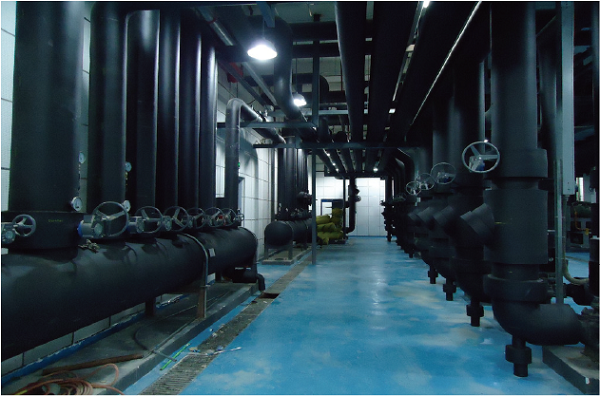

SEARCH
With the rapid development of the construction industry, there are more and more types of modern building insulation materials. Rubber and plastic thermal insulation materials have excellent thermal insulation performance, and are more and more widely used in construction, achieving ideal use results. B1-level closed-cell rubber and plastics have become the first choice for thermal insulation materials, so are b1-level closed-cell rubber and plastic thermal insulation materials fireproof? Take a look.
Rubber and plastic is a foam insulation material made of nitrile rubber and polyvinyl chloride with excellent performance as the main raw materials, which are made by special processes such as banburying, vulcanization and foaming. It has a closed elastic bubble structure, which has the characteristics of softness, bending resistance, cold resistance, heat resistance, flame retardant, waterproof, low thermal conductivity, shock absorption and sound absorption. It is widely used in central air-conditioning, construction, chemical industry, medicine, textile, metallurgy, ships, vehicles, and electrical appliances, and can achieve the effect of reducing cooling loss and heat loss.

The b1-level closed-cell rubber-plastic thermal insulation material has good fire resistance and can be used at a high temperature of 180 ° C, which meets the national fire protection standard. It will not burn in case of fire, has strong anti-aging properties, will not be deformed due to changes in external ambient temperature, and can also be exposed to sunlight for a long time without obvious aging. And the construction is convenient, the appearance is neat and beautiful, and it will not pollute the environment.
The use of rubber and plastic thermal insulation materials is very safe and will not irritate the skin and endanger human health. They prevent mold growth and avoid pest or rat bites. Uetersen Rubber & Plastics adopts advanced foaming technology, which greatly improves the cell closure rate and reduces the thermal conductivity of the product. The closed-cell structure of rubber and plastic makes it difficult for external water vapor to penetrate into the material, and has a strong resistance to water vapor penetration. These characteristics enable b1-grade closed-cell rubber and plastic to prevent corrosion in atmospheric media or industrial environments, and it is a new generation of high-quality thermal insulation materials.